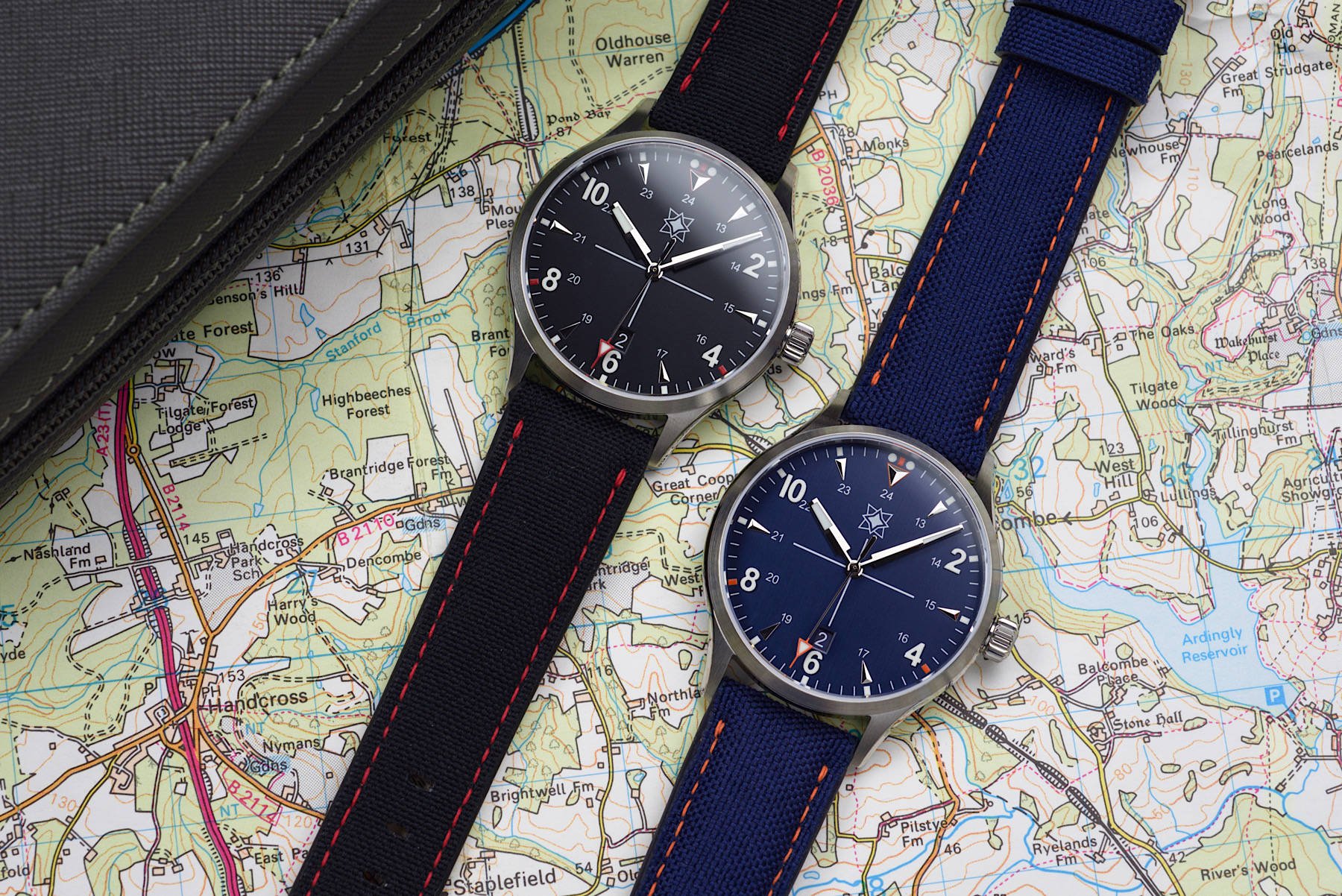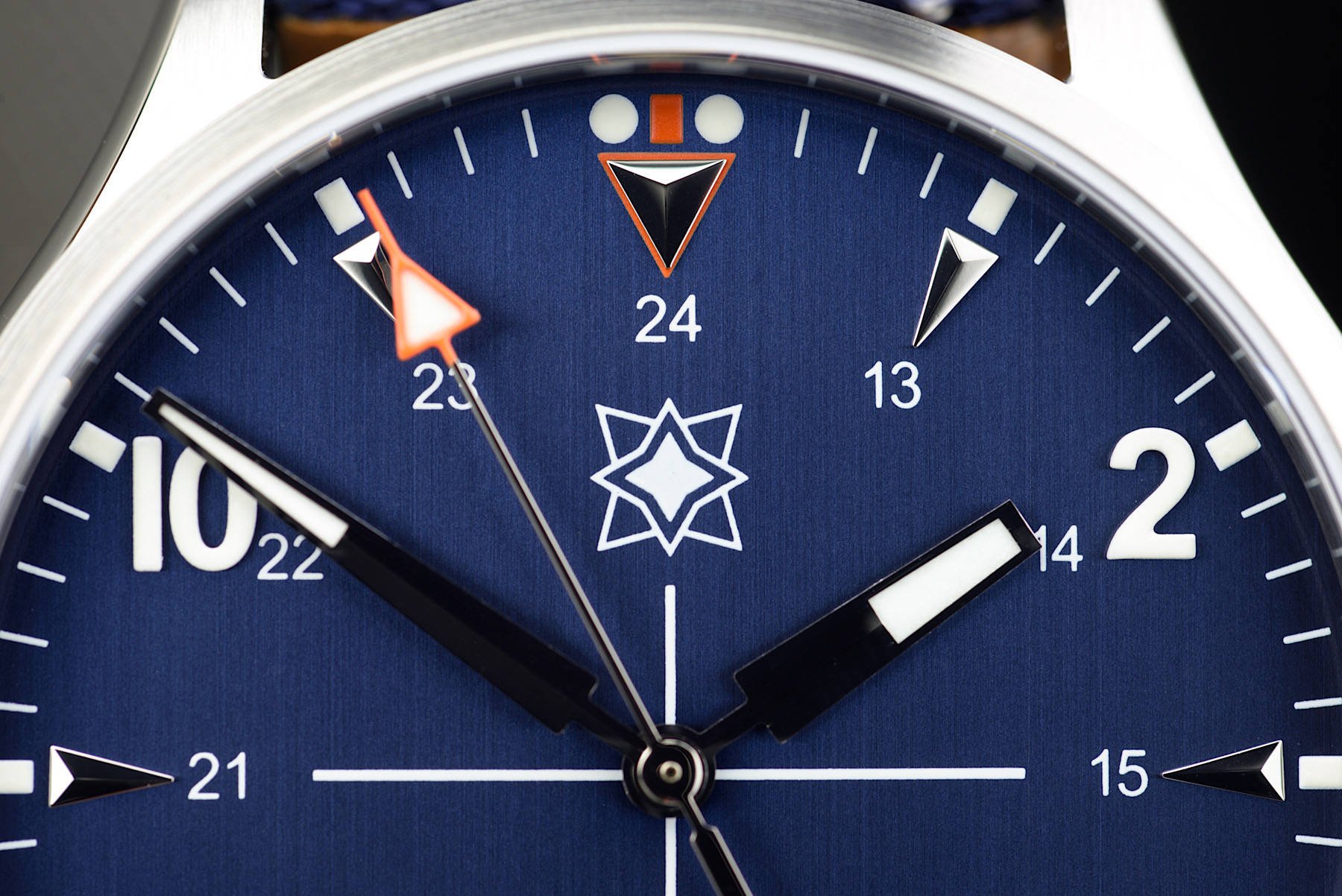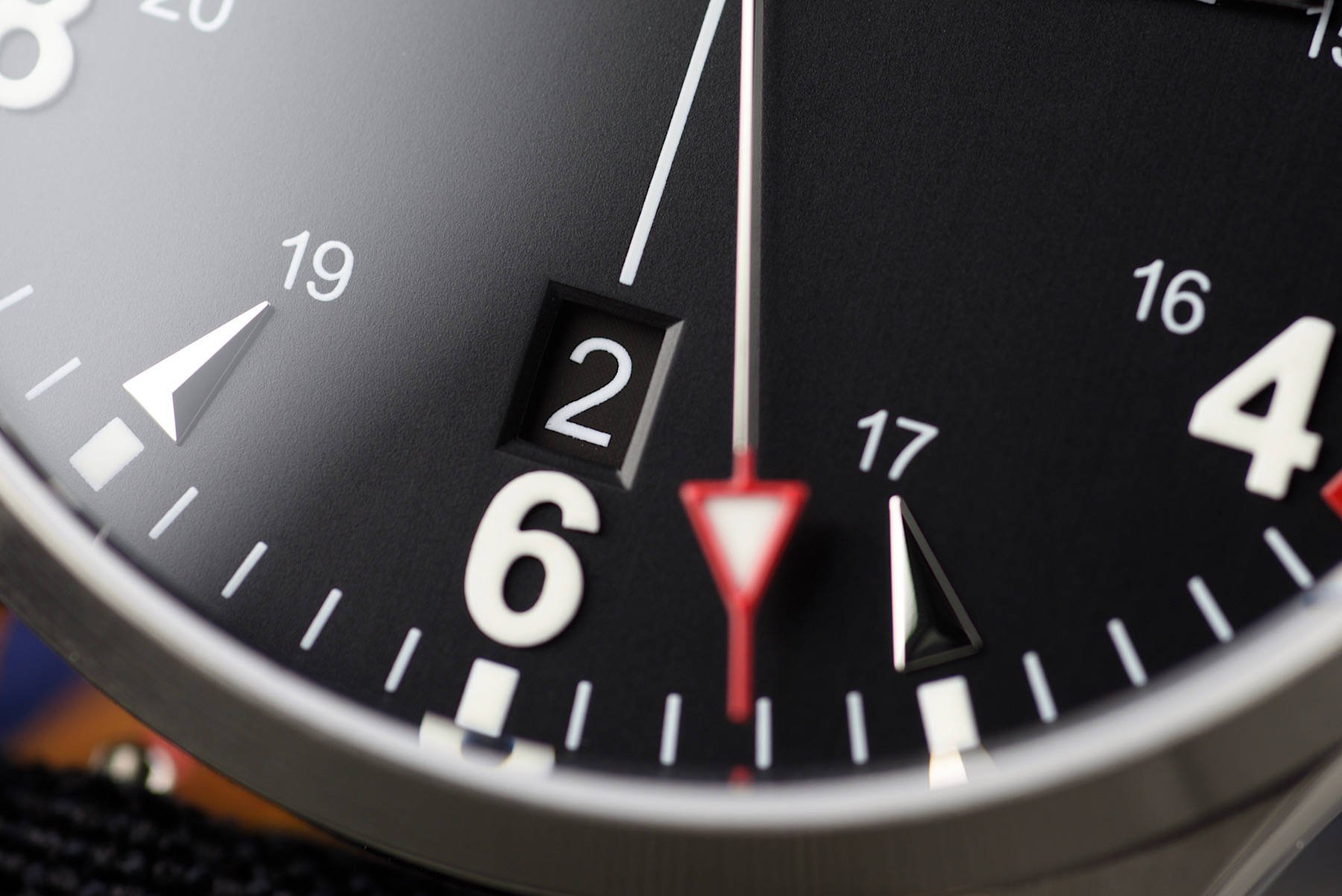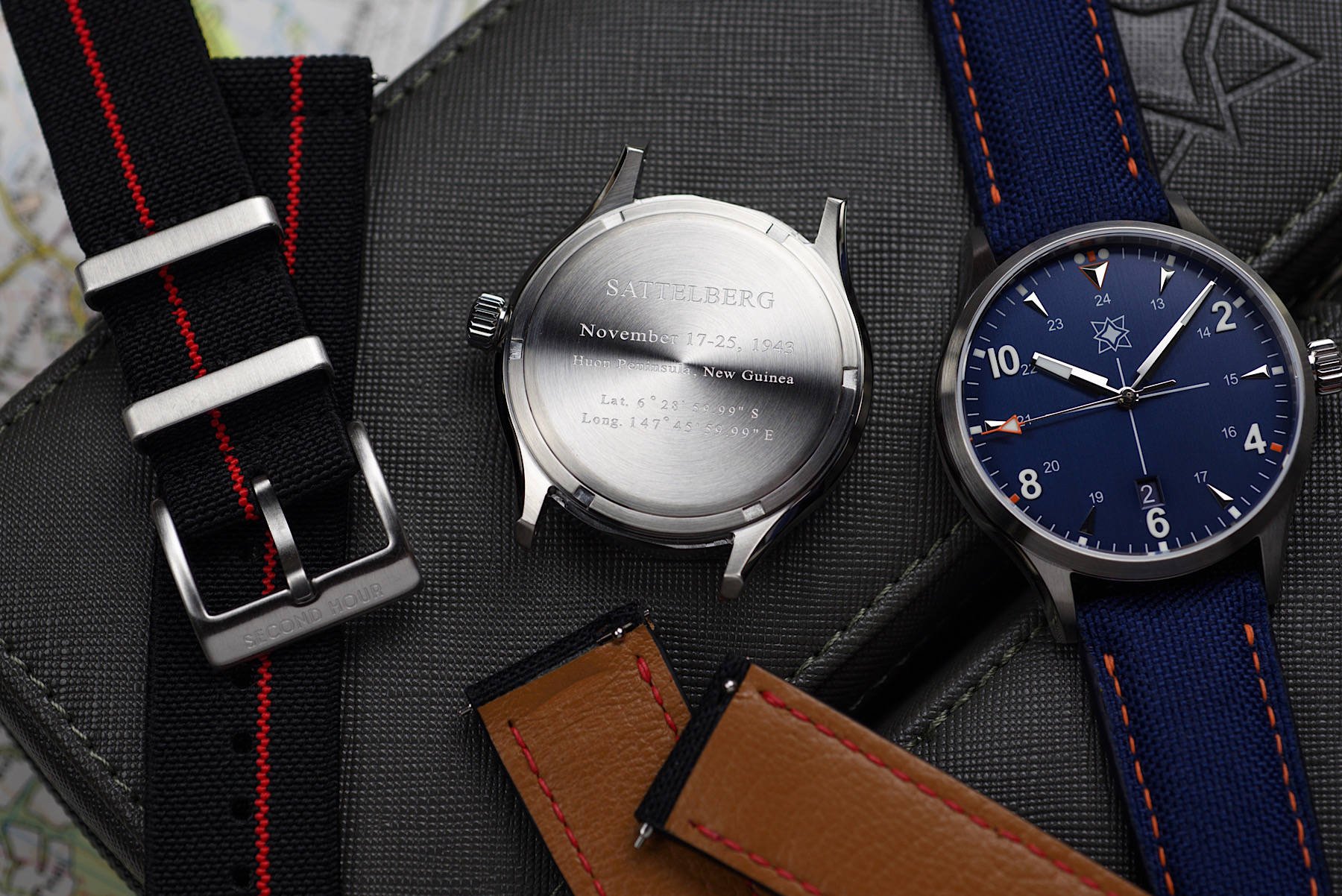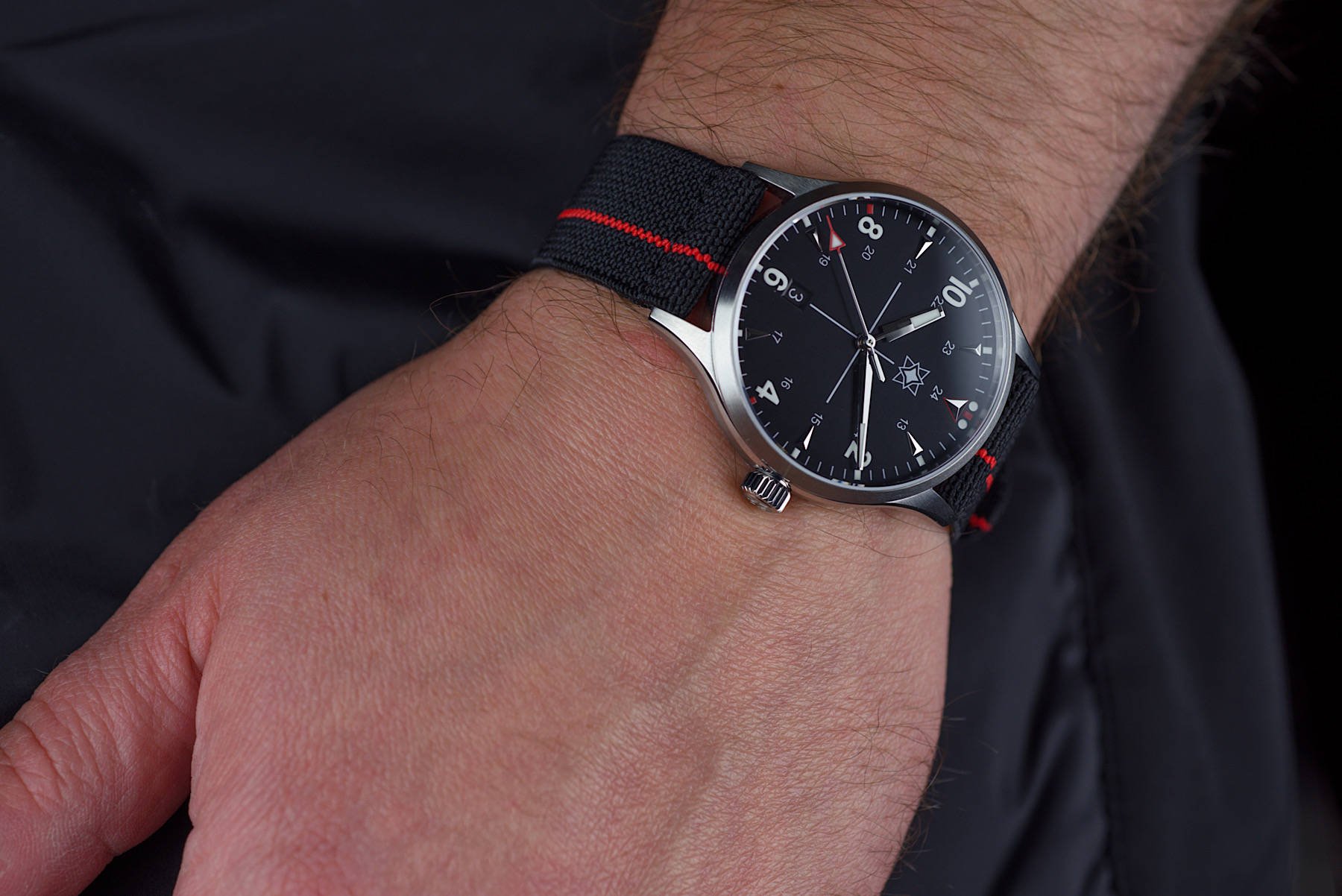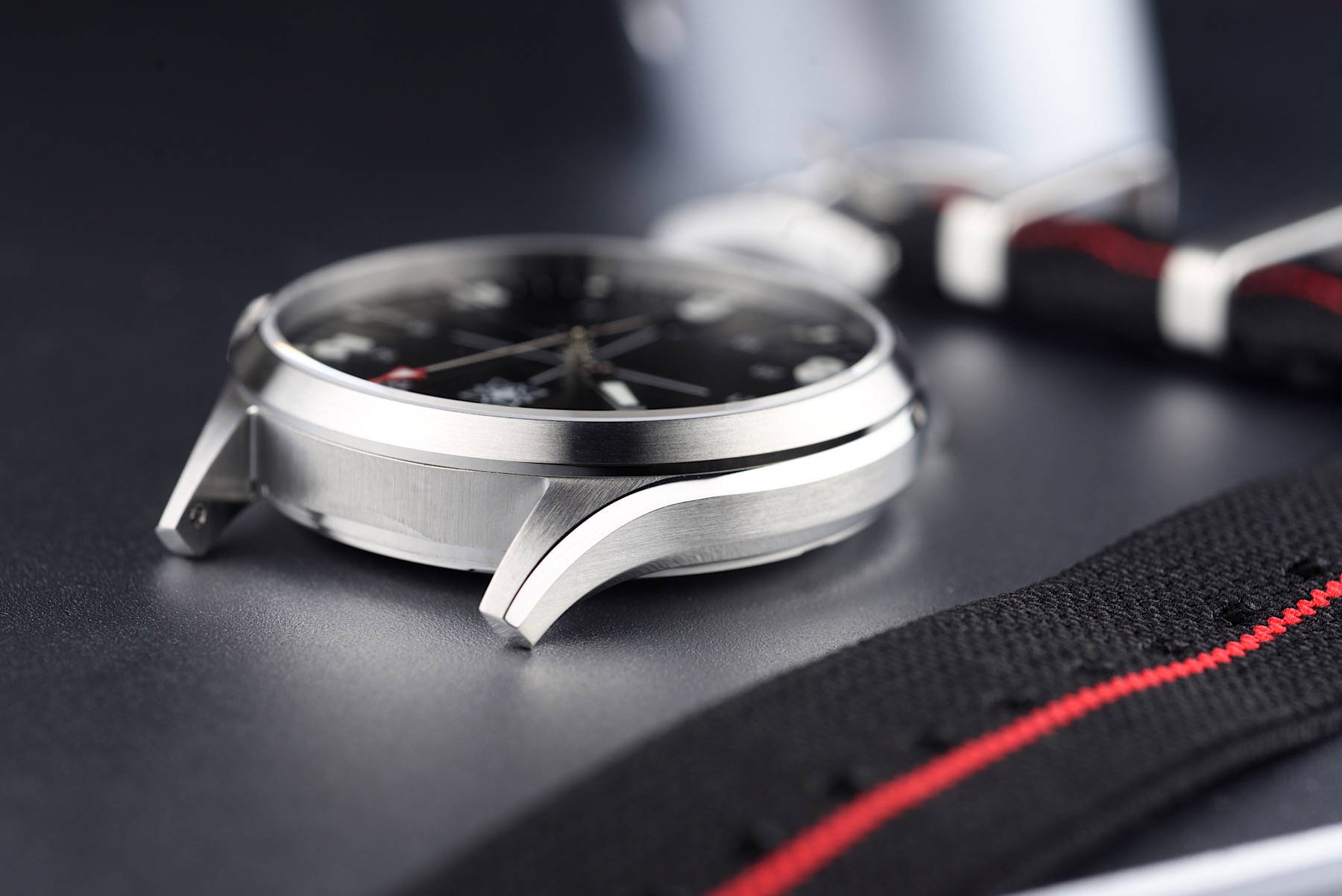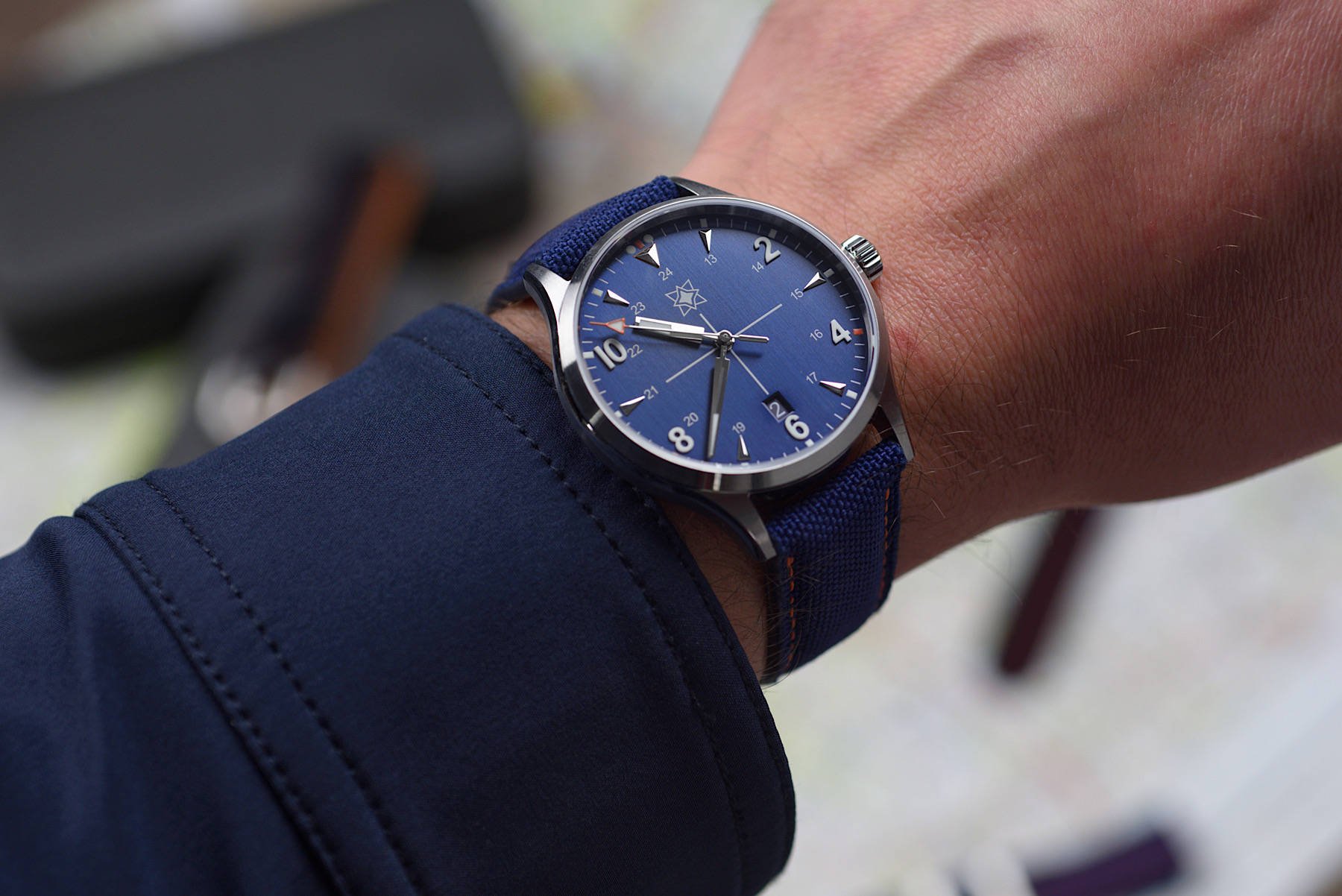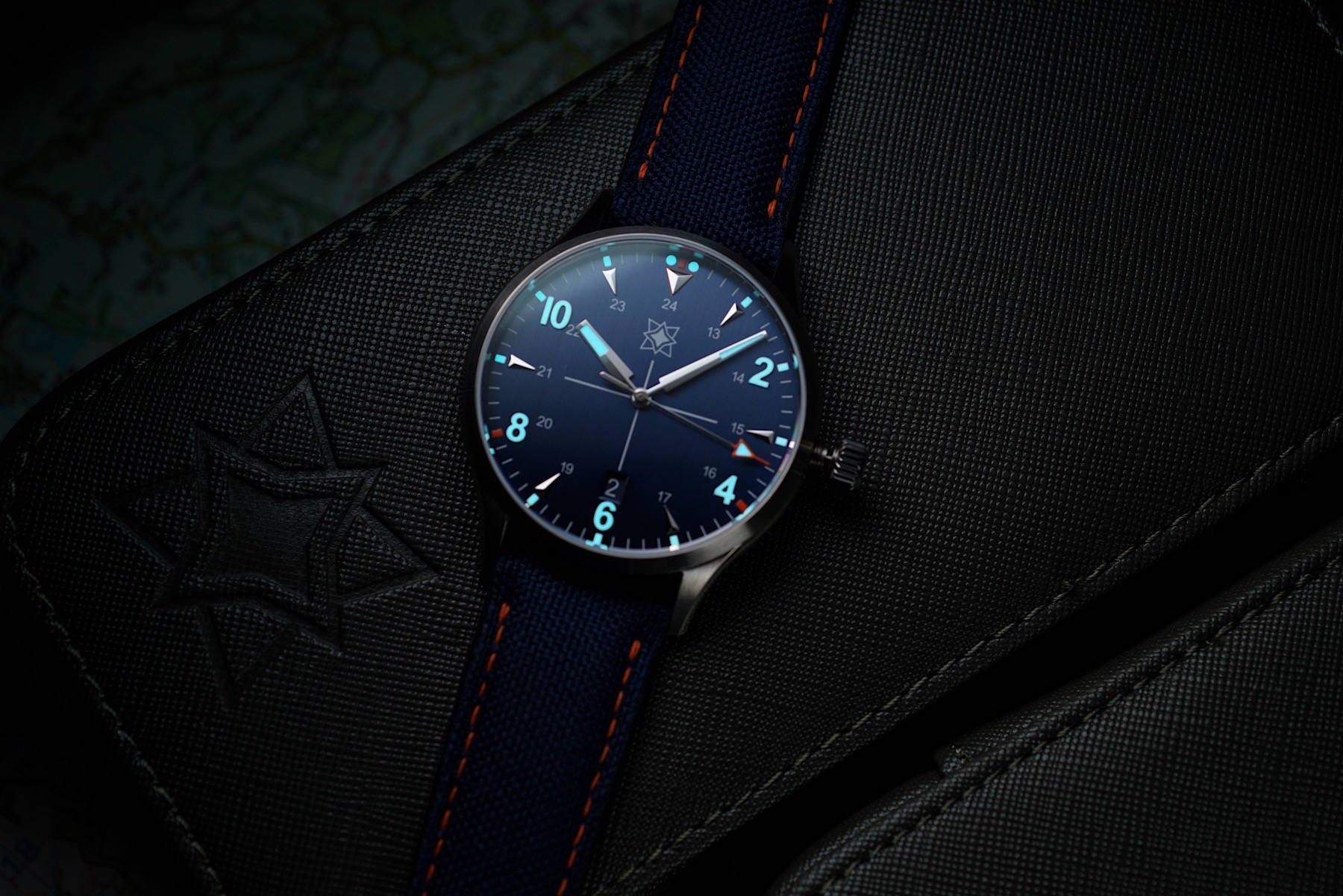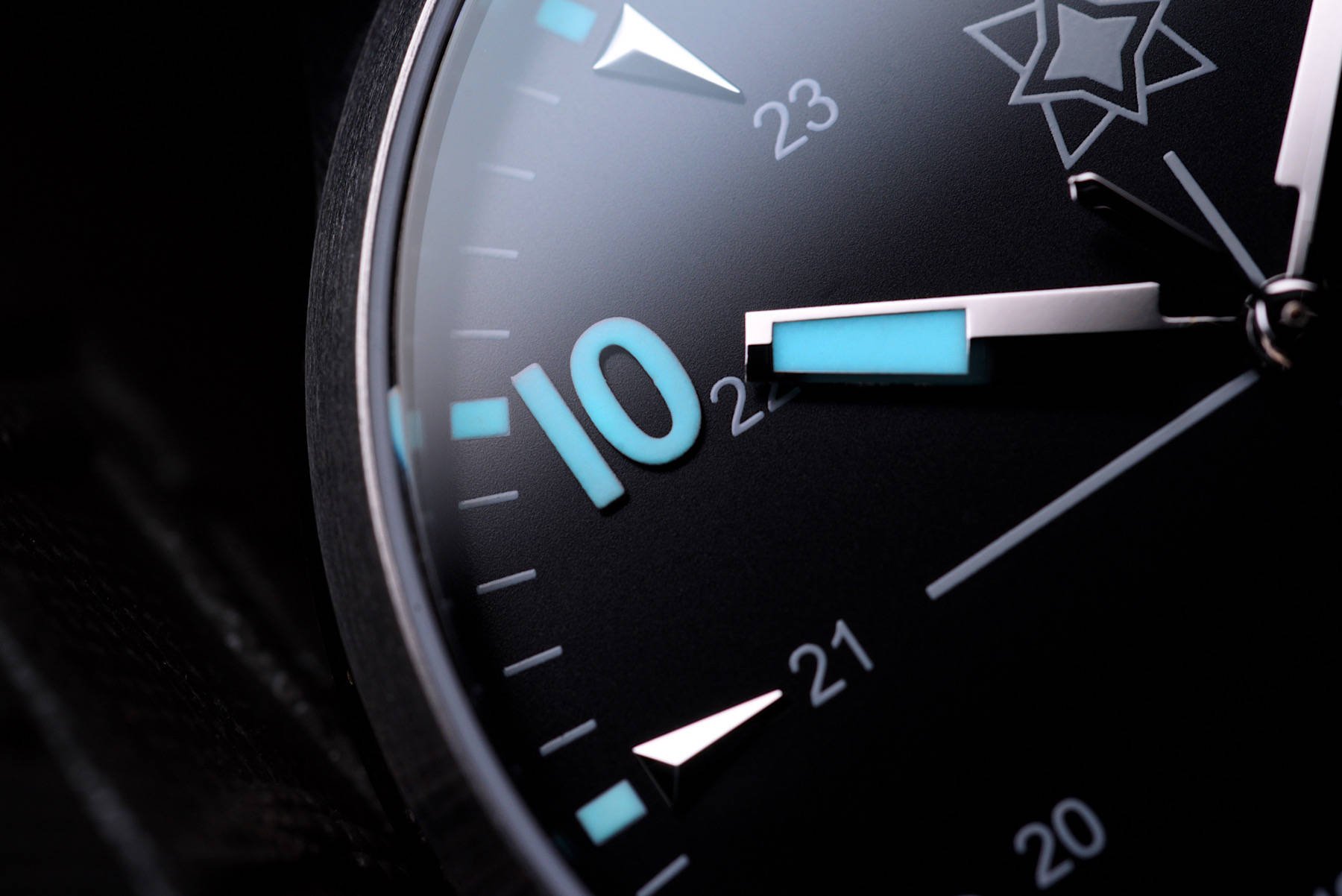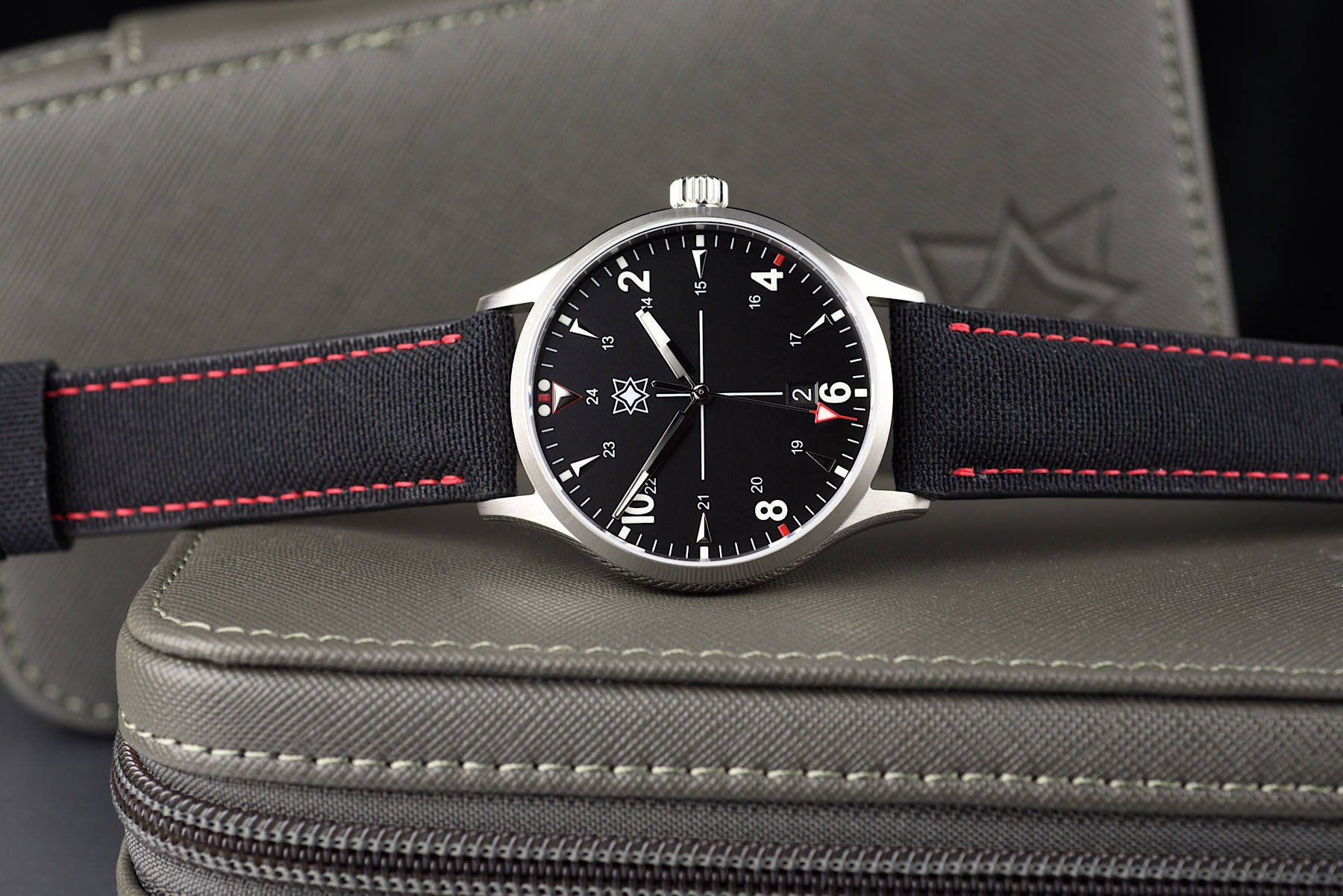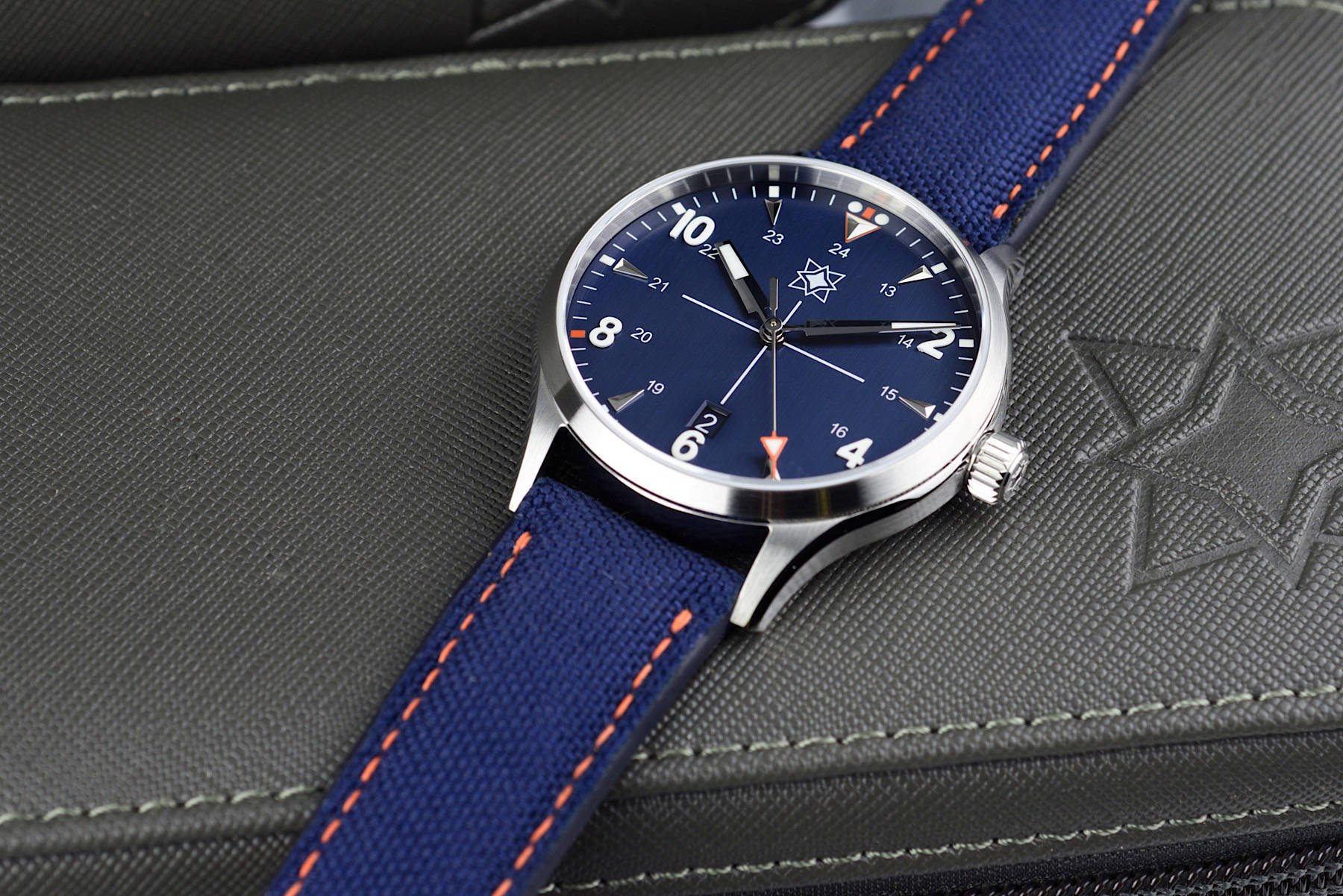Hands-On With The Sattelberg From Second Hour Watches — A Dressier Take On The Field Watch
Many brands don’t make it past their second or third watch release. That could be due to a decline in inspiration, a downturn in desire, or even a lack of success. The fact that Second Hour is now on its fifth release suggests that the people behind the brand must be getting something right. Today, I’m looking at the Sattelberg, a watch that aims to balance the function-first aspects of a field watch with the elegance of something altogether dressier.
Sattelberg was the site of a battle during the Pacific theatre of the Second World War. Second Hour Watches, based in Melbourne, Australia, is keen to point out that the watch’s naming means honoring the Australian spirit of tenacity and courage rather than glorifying war itself. Nevertheless, field watches are designed to be appropriate for use in the field or, for most of us, have practicality and simplicity at their forefront.
Second Hour’s Sattelberg is as tough as nails
Taking a look at the Sattelberg from a functional perspective, the dial is easy to read. Lumed Arabic numerals rise above the dial for the even hours, with all of the hour markers accompanied by 13–24 hour numerals inside and lumed plots outside. The slightly tapering hour hand and paddle-shaped minute hand feature the same BGW9 lume as the dial markers. To further aid legibility, the tip of the seconds hand features a large lumed triangle framed in either red or orange, depending on the dial color. There’s also a full-lume variant of the Sattelberg, which I haven’t had the chance to look at. That should offer even greater low-light readability.
There’s also a date window on the dial, nestled just above the 6 o’clock marker. All this sits beneath a flat sapphire crystal with six layers of anti-reflective coating applied. I don’t know at what point each additional layer of AR becomes inconsequential, but I’d be surprised if we aren’t at least approaching that point here.
With function checked off, let’s move on to durability. The 316L stainless steel case has received a surface-hardening treatment that boosts the hardness up to 1,200 Vickers. For reference, regular 316L stainless steel comes in at 140 Vickers, with a diamond way out at 12,000 Vickers. It’s tough to speculate exactly how much better your watch will look after a decade of hard use, but the presence of some kind of hardening sounds like it can only be a good thing.
Grace under pressure
The other side of the Sattelberg is the graceful and svelte watch, which can easily slip under a shirt cuff. This trait of the watch also starts from the dial. Where lumed hour markers are not present — all six odd hours, plus 12 o’clock — you will find highly polished, triangular, applied markers. Due to their faceted structure, the light will catch one surface or another much of the time. The same is true for the minute and hour hands, which feature a facet down the length of the polished surface.
The black-dial variant shown here, called the Officer, is easy to carry in a formal setting, with the touches of red on the dial and the aforementioned polished glints catching the eye. The blue dial, named Service Blues, has more dynamism offered by the gentle, vertical dial brushing.
While the case hardening points at durability and toughness, it keeps the watch looking as pretty as possible for as long as possible. Second Hour has created sleek lines and a slim case. Measuring just 9.8mm thick, the narrow lugs have substantial polished surfaces at the top and bottom edges, which run the length of the case. These, along with another polished slither at the base of the bezel and a crisp bevel around the sapphire crystal, all help to make an elegant case.
A man for all seasons
As you might expect from the profile, the watch wears rather nicely on the wrist. All-dial watches like this can often appear larger on the wrist than their specs alone may suggest, but this 40mm diameter looks appropriately sized for my seven-inch wrist. Each Sattelberg comes with two straps included. The first is a leather-backed canvas, color-matched to the dial and with a signed buckle. The strap is slightly stiff at first and didn’t really have enough opportunity to mold to my wrist during the time I’ve had it. The second strap is a different story altogether. A two-piece, elasticated fabric strap is also color matched to the dial, and although the strap feels extremely light-weight (flimsy, even), it is a joy to wear. The fact that the strap is so pliant makes it extremely comfortable and goes hand in hand with the lightness of the watch itself.
On both of the model variants seen here, the stretchy fabric strap would be my go-to choice, but if you want to play to the more formal cues of the watch, then an excellent 20mm leather strap would also work well.
Is the Sattelberg a jack of all trades or master of none?
Inside the Sattelberg is the Miyota 9015 automatic movement. This well-known caliber is the usual choice in this price bracket. It’s a movement that I’m usually happy to see, but the free-spinning rotor is the one drawback you might hear about. Because this watch is fairly light, I often find that I can both hear and feel the rotor spinning after what felt like a relatively small movement of my arm.
It can often be difficult to marry the contrasting ideas of utility and refinement, but that’s precisely what Second Hour has set out to achieve here. To a large degree, the brand has nailed it. The Sattelberg is legible and functional with a 100m water-resistance rating, a screw-down crown, and a solid case back. It’s also quite handsome without polluting any of the purposefulness.
Preorders for the Second Hour Sattelberg begin on February 18th at 9:00 AM Melbourne time (10:00 PM GMT on February 17th) and will be priced at AUD 675. You can find further details at www.secondhour.com.au.
Follow me on Instagram: @bradwatch | @fratellowatches

